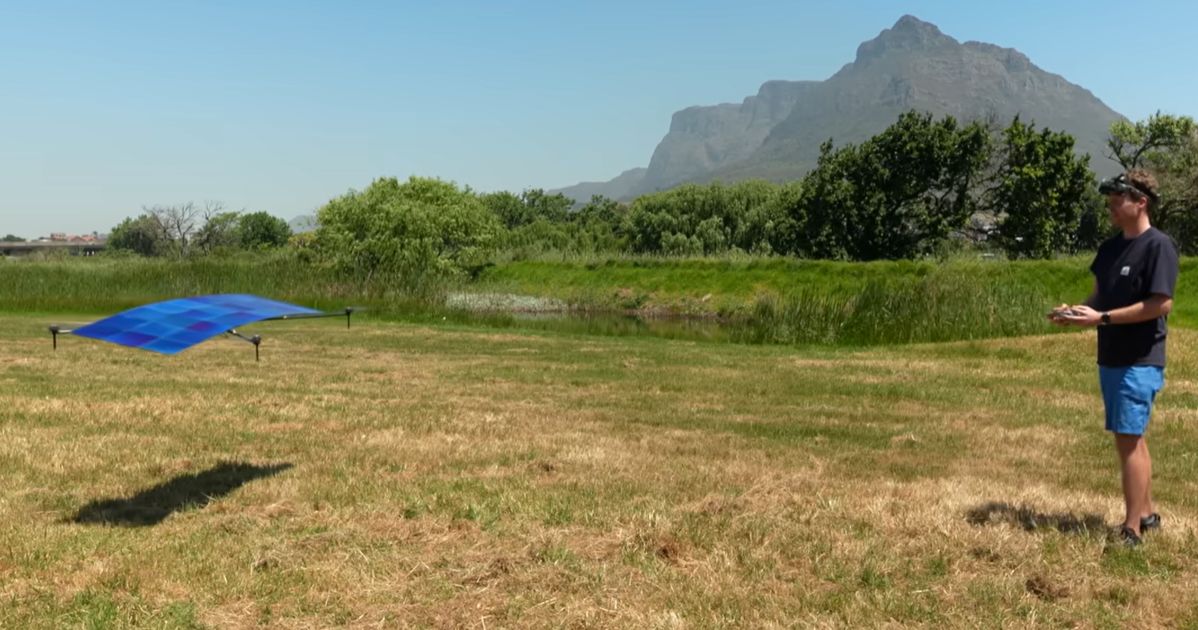A new solar-powered quadcopter has successfully taken to the skies, marking a significant step in the integration of renewable energy into drone technology. Designed by innovator Luke Maximo Bell, this prototype showcases the potential for solar energy to power quadcopters, which traditionally rely on battery packs that limit their range and usability.
The quadcopter features a lightweight carbon fiber frame, equipped with large 18-inch propellers. This design not only enhances lift but also provides ample space for a solar panel array. The array consists of 27 razor-thin panels arranged in a 9×3 grid configuration, supported by a lightweight frame to ensure maximum efficiency and minimal weight.
The initial test flight demonstrated that the quadcopter could operate solely on the energy produced by its solar panels. However, the design’s fragility became apparent when a panel in the array was damaged by Bell’s cat while the drone was resting on a table. Despite this setback, the successful flight is a promising proof of concept that highlights the feasibility of solar-powered drones.
Following this initial success, Bell plans to expand the solar array and integrate a battery system to provide additional power and enhance the quadcopter’s capabilities. The goal is to challenge the world record for the longest flight duration of a drone. This advancement could have broader implications, potentially transforming the quadcopter into a viable option for applications such as a LoRaWAN mesh node, where extended flight time and altitude would be advantageous.
The pursuit of solar-powered drones is part of a wider trend towards sustainable aviation technologies. As energy demands continue to rise, innovations like Bell’s quadcopter may pave the way for more environmentally friendly solutions in both recreational and commercial drone operations. By harnessing solar energy, the potential for longer flight times without the constant need for battery replacements could revolutionize how drones are utilized across various sectors.
